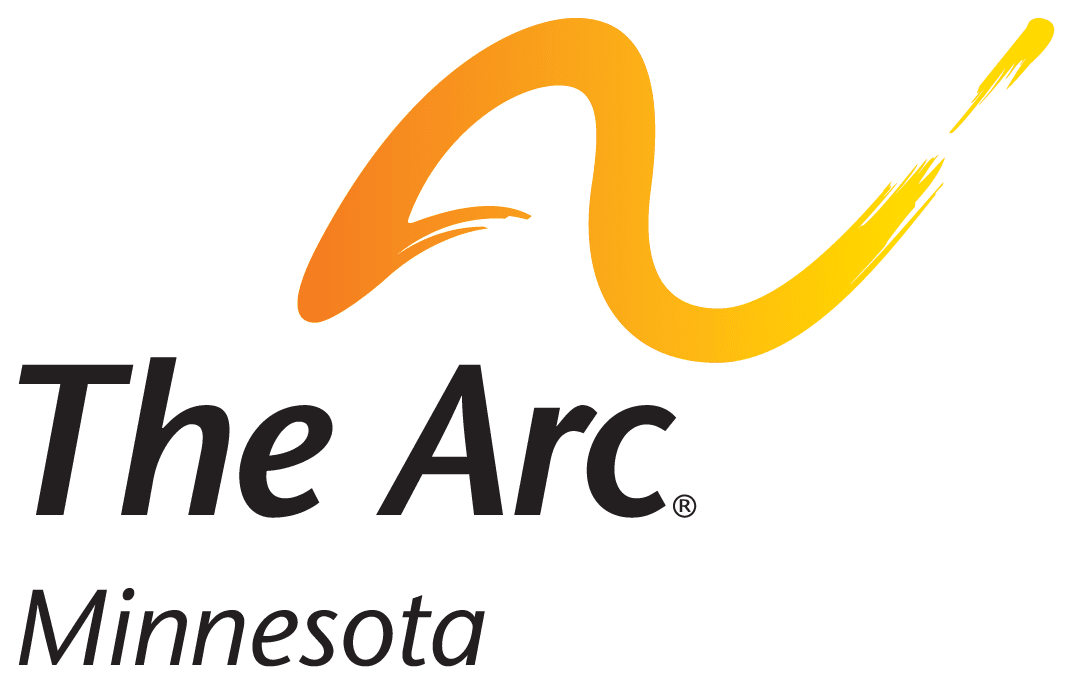An Individualized Education Program (IEP) may include “supplementary aids and supports to be provided to the pupil, or on behalf of the pupil”* in the school setting.
Supplemental Aids and Supports may be provided in:
- General education classes and special education classes
- Academic and nonacademic classes
- Extracurricular activities
Supplemental Aids and Supports must:
- Be based on the individual student
- Be based on a student’s ability, disability and needs
- Help the student be taught in the least restrictive environment (LRE)
- Assist the student to meet a goal(s) and make progress
- Be documented in the IEP
There should be a link between the supplemental aid and services and the intended outcome of its use.
How Supplemental Aids and Supports are documented in the IEP will vary.
- If a service is provided, the IEP should state:
- What the service is
- Start date and end date
- How often it will be provided
- How many minutes it will be provided each time
- Where it will be provided
- Who will be providing the service
- If an item is provided, the IEP may include (depending on the item):
- The description of the item
- How it will be provided
- When it will be provided
- Where it is needed
- Who is responsible
Supplemental aids and supports that are not a service are often described in a section called “Modifications and Adaptations”. Each item should be described clearly so that everyone reading the IEP will be able to know what should be provided.
Supplemental Aids and Supports may be called accommodations or modifications. In general,
- Accommodations/adaptations do not change what a student expected to learn and know. They may change how the information is presented.
- Modifications do change what the student is expected to learn and know.
Some examples of Supplementary Aids and Supports are:
- Assistive technology
- Paraprofessional supports (an aide)
- Specialized training for staff
- Additional time allowed for the student to do the activity/take the test
- Audio books, graphic organizers, study guides, use of pictures, teacher notes, etc.
- Shorter assignments
- Changes in scoring/number of correct answers required
- Reducing the complexity of the assignment
- Assigned seat in a specific area in the classroom
- Special equipment
- Ability to take a break(s)
- Additional staff support or assistance
- Having tests read to the student
- Regular communication between school and home
In general, the supplemental aids and supports should be documented in the IEP so that it clearly understood and not subject to misunderstanding. There may be some flexibility needed so that the supplementary aid and support can be used in a few situations.
The terms “as needed”, “when appropriate”, “may”, “if possible” and other similar terms should not be used as they are not clear. It can be confusing as to when, where and who should be providing them.
An accommodation or modification provided for all students in the classroom does not have to be listed on the IEP because an accommodation or modification provided to all students is not based on the individualized needs of a student with a disability.
Resources:
*Minnesota Rule 3525.2810, Subpart 1 (3)
Arc Guide to Individualized Education Program (IEP) Arc Guide to Least Restrictive Environment
Download PDF of Arc Guide
For further information or advocacy services, contact The Arc Minnesota at 952-920-0855 or toll-free at 833.450.1494 or visit www.arcminnesota.org. (Please note: This document is not legal advice, and should not be construed as such. Thus, no information herein should replace the sound advice of an attorney.)
All rights reserved (c) 2019 The Arc Minnesota
